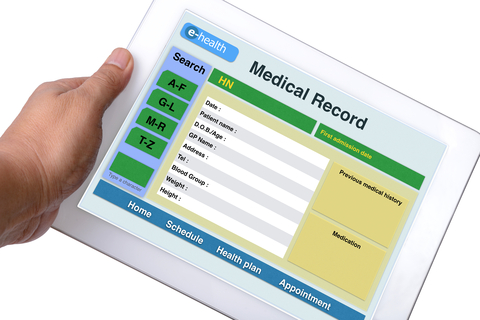Incorrect or missing data among electronic health records (EHR) sits near the top of ECRI Institute’s 2015 Top 10 Health Technology Hazards. Charting in sixth place on the list is patient-handling device errors and failures.
The full report offers details about the types of data flaws and omissions associated with EHRs as they related to patient safety. Following are several examples:
• Mismatched patient data.
• Missing data or delayed data delivery.
• Clock synchronization errors that occur among various medical devices.
• Default values used by mistake, or incorrect data prepopulated into fields.
• Inconsistencies among patient data in systems that use paper and electronic systems in tandem.
• Outdated information copied and pasted into new reports.
The errors are described as “complex,” and the report indicates that front-line care providers may not realize the data problems are actually the result of computer errors. Instead, they may believe the data problems are the result of miscommunication. The report is said to recommend making an assessment of clinical workflow prior to activating a new system or activating a system that has been modified.
More information about patient hazards associated with patient-handling devices appear in the full report. One comment taken from the report, however, states, “Equipment that is worn, broken, or defective; that hasn’t been cleaned; or that has a battery that has not been adequately charged either won’t be available for use when needed or could cause patient or staff injury.”
The ECRI Institute 2015 Top 10 Technology Hazards are the following:
1) Alarm hazards: Inadequate alarm configuration policies and practices
2) Data integrity: Incorrect or missing data in electronic health records and other health IT systems
3) Mix-up of IV lines leading to misadministration of drugs and solutions
4) Inadequate reprocessing of endoscopes and surgical instruments
5) Ventilator disconnections not caught because of mis-set or missed alarms
6) Patient-handling device use errors and device failures
7) “Dose creep”: Unnoticed variations in diagnostic radiation exposures
8) Robotic surgery: Complications due to insufficient training
9) Cybersecurity: Insufficient protections for medical devices and systems
10) Overwhelmed recall and safety alert management programs
[Source: ECRI Institute]






